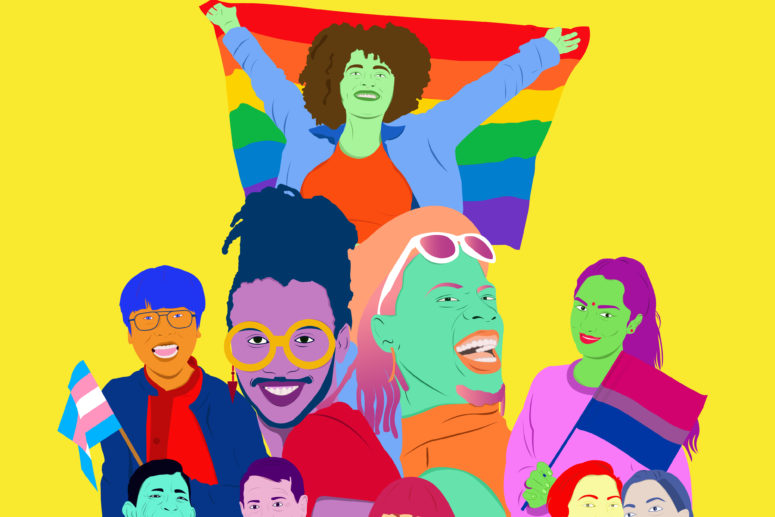
RECOGNIZING AND CONDEMNING DISCRIMINATION. WHEN THE WHOLE WORLD GOES RAINBOW

30 YEARS OF IDAHOBIT
30 years ago – on May 17, 1990 – the World Health Organization removed homosexuality from the Classification of Diseases and Related Health Problems.
International Day Against Homophobia, Biphobia, Interphobia & Transphobia (IDAHOBIT) celebrates LGBTIQ people globablly, and raise awareness for the work still needed.
Facing the forms of discrimination
Transphobia – Describes negative feelings or actions towards someone who’s trans* or gender diverse. You may have heard transphobic language, or seen restrictions on the way that people are allowed to express their gender. Things like which uniform you’re allowed to wear or toilets you can use. Transphobia can also include abusive threats or actual physical violence, sexual harassment and deliberately excluding someone because of their gender.
Biphobia – Biphobia is abuse towards someone who is attracted to more than one gender, and even includes when that person’s identity is erased. This can be in the form of telling someone that their sexuality is “just a phase”, or even telling them to “pick a side.”
Homophoia – Verbal homophobia is the most common form. Things like name-calling, rumors and abusive words (‘fag’ or ‘dyke’). Phrases like “that’s so gay” which compare sexuality to words like ‘crap’ can have a negative impact.
Homophobia also includes abusive threats or actual physical violence, sexual harassment and deliberately excluding someone because of their sexuality.
Interphobia – Intersex discrimination happens when a person is treated less favorably than another person in a similar situation because that person has physical, hormonal or genetic features that are neither wholly female nor wholly male; a combination of female and male; or neither female nor male. This can include exclusion or mistreatment in medical services.
Homophobia, Biphobia, Interphobia, and Transphobia can occur online, face to face and affect everyone by creating spaces where people feel unsafe and like they can’t be themselves. Sexuality and gender identity or intersex status aren’t always visible, so creating a culture where everyone feels safe, is very important.



